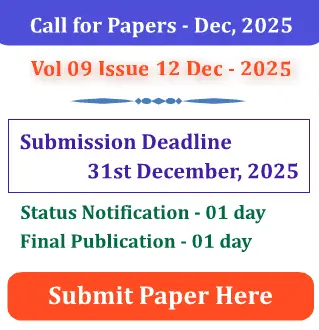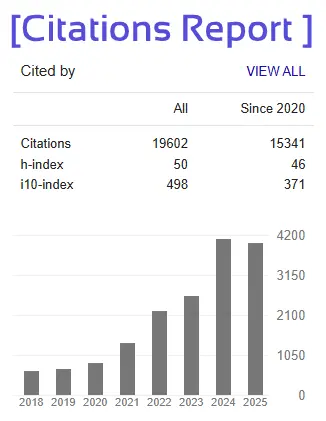- Version
- Download 299
- File Size 382.61 KB
- File Count 1
- Create Date 25/06/2024
- Last Updated 25/06/2024
A study on Articles on Reviewing and Revising Black etal's Adjustment Model(s)
Dr.G.Sai Rekha Mukka Stella
Associate Professor MBA Student(23R01E0025)
CMRIT, Medchal CMRIT, Medchal
sairekha@cmritonline.ac.in mukkastella3@gmail.com
Introduction
Expatriation research keeps to grow as a field of control inquiry, with worldwide enjoy being a growing consciousness of interest as a key contributor to the aggressive benefit of humans and agencies (Kraimer et al., Citation2016; Suutari et al., Citation2018). Expatriation is usually considered as a way comprising three levels: pre-expatriation, expatriation, and repatriation (Cerdin & Pargneux, Citation2009). Pre-expatriation typically makes a speciality of an individual’s motivations for a global undertaking and preparations for it. The expatriation level engages with reviews of residing and running overseas, and repatriation covers the go back to the house u. S. These transitions require expatriates to undertake profound cognitive, mental, and behavioural changes to successfully modify to their new environments (Bhaskar-Shrinivas et al., Citation2005), as a result making global adjustment the focus of expatriation and repatriation research (Andersen, Citation2021).
Many theories were brought through pass-cultural researchers together with Torsion (Citation1982, Citation1994), Kim (Citation1988), Lofquist and Dawis (Citation1984), Berry (Citation1992, Citation1997), Gull horn and Gull horn (Citation1963), Taft (Citation1977) and Ward, (Citation1996) to take a look at fashionable worldwide adjustment. However, their theories have no longer been widely followed in control-targeted research. Instead, the expatriation and repatriation adjustment fashions superior by means of the use of Black, Stephens, Mendenhall, Gregersen, and Oddou have grown to be the maximum fantastically stated theoretical frameworks in the literature on expatriation and repatriation (Dabic et al., Citation2015; Chiang et al., Citation2018; Knocke & Schuster,
Citation2017).
Black and his colleagues conceptualise international adjustment as every multifaceted (artwork and state-of-the-art adjustments together with interactions with host-united states nationals) and time related (anticipatory and in-united states of america modifications) (Black & Stephens, Citation1989; Black et al., Citation1992). Based on the integration of uncertainty reduction principle and cross cultural theories (Black, Citation1988; Church, Citation1982; Torbiörn, Citation1982), Black et al’s expatriation (Black et al., Citation1991) and repatriation (Black et al., Citation1992) adjustment models advocate that expatriates can lessen the strain on account of the unknowns of residing and running abroad thru formulating expectations and getting prepared themselves hence. The more correct their expectations, the much more likely they may be capable of cope with the worrying conditions of expatriation, for that reason helping their mental nicely-being (Black & Gregersen, Citation1991; Black et al., Citation1991).
Since the guide of Black et al’s model(s), students have stated their adjustment model(s) more than 3,000 instances in step with Google Scholar as of November 2023. This immoderate amount of citations serves to exemplify the iconic effect of the version(s), which have been finished in the course of pretty some geographical settings (Bhaskar-Shrinivas et al., Citation2005; Hechanova et al.,
Citation2003). Although several conceptual articles have emphasised the strengths of the version(s), others have highlighted their boundaries (Haslberger et al., Citation2013; Hippler et al., Citation2014; Lazar ova & Thomas, Citation2012), important to requires the development of new and opportunity techniques to the exam of global adjustment (Dabic et al., Citation2015; Takeuchi, Citation2010).







